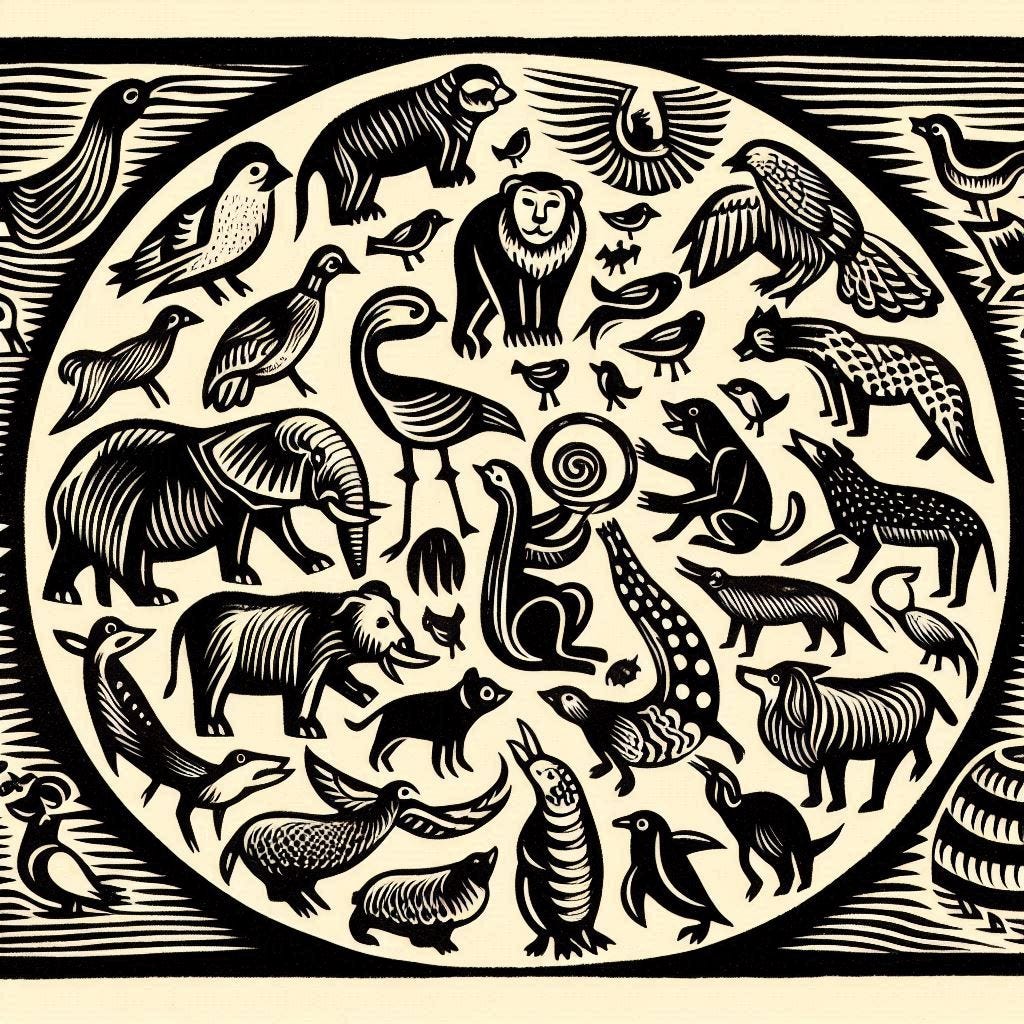Insights into Social Interactions: A Comprehensive Examination
Social interactions among organisms are pivotal in shaping the dynamics of ecosystems. Within this realm, four distinct types of interactions—spite, altruism, mutual benefit, and selfishness—play fundamental roles. Understanding these interactions sheds light on the evolutionary strategies, ecological relationships, and resilience of natural systems. These are classified based on their effects on the actors and recievers, in terms of Positive/Positive, Negative/Positive, Positive/Negative, Negative/Negative
Spite: A Negative/Negative Interaction
Spiteful behavior, though rare, occurs in nature. Examples include the release of allelopathic chemicals by plants like the black walnut tree, inhibiting the growth of neighboring plants. Microorganisms, such as certain bacteria, produce toxins harming both the actor and recipient.
Altruism: A Negative/Positive Interaction
Altruism involves actions benefiting others at a personal cost. Honeybee workers sacrifice themselves to defend the hive, ensuring the survival of the queen and her offspring. Vampire bats engage in reciprocal altruism by sharing blood meals, fostering cooperative relationships.
Mutual Benefit: A positive/Positive Interaction
Mutualistic interactions promote cooperation and fitness enhancement. Cleaner fish, like cleaner wrasses, remove parasites from larger fish in exchange for food. Lichen symbiosis combines fungal protection and nutrient access with photosynthetic energy production.
Selfishness: A Positive/Negative Interaction
Selfish behavior prioritizes individual interests. Dominant individuals in social primate groups monopolize resources, maximizing reproductive success. Brood parasitism, observed in birds like the common cuckoo, exploits parental care efforts for personal gain.
Conclusion
Social interactions in nature are often quite confusing to scientists because Spite and Altruism both do not make sense immediately when looking at it from a fitness point of view, to address this there will be a part 2 where we dive into the fitness part of these social interactions





